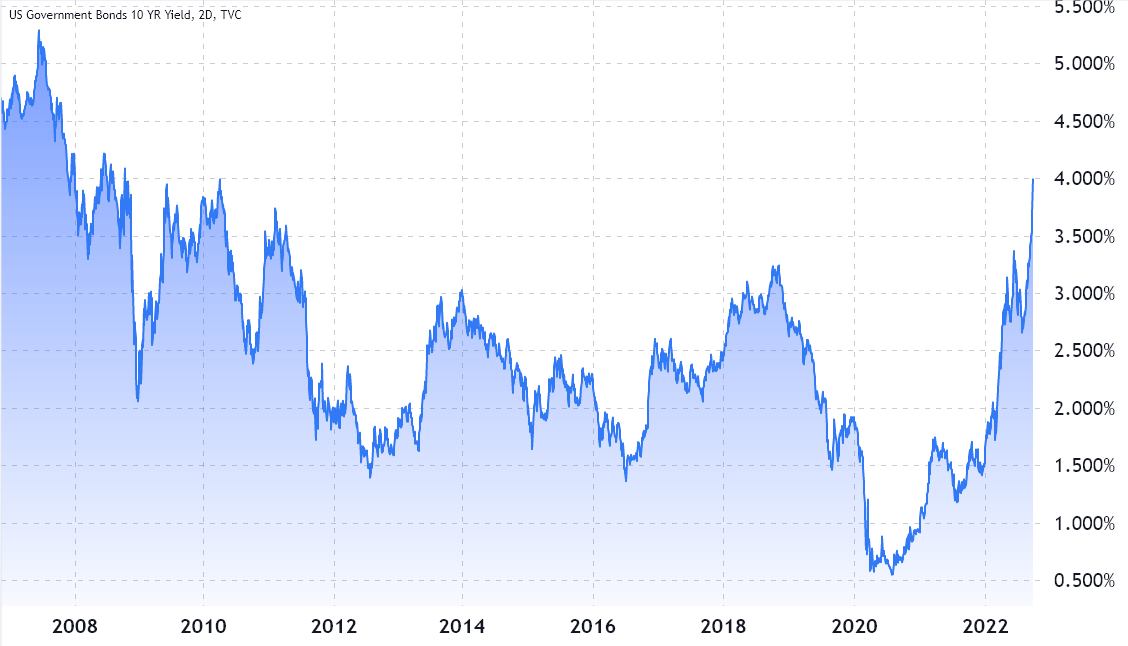Across all tradeable markets and currencies, U.S. Treasuries — government bonds — have significant influence. In finance, any risk measurement is relative, meaning, if one insures a house, the maximum liability is set in some form of money.
Similarly, if a loan is taken from a bank, the creditor has to calculate the odds of the money not being returned and the risk of the amount being devalued by inflation.
In a worst-case scenario, let’s imagine what would happen to the costs associated with issuing debt if the U.S. government temporarily suspended payments to specific regions or countries. Currently, there is over $7.6 trillion worth of bonds held by foreign entities and multiple banks and governments depend on this cash flow.
The potential cascading effect from countries and financial institutions would immediately impact their ability to settle imports and exports, leading to further carnage in the lending markets because every participant will rush to reduce risk exposure.
There are over $24 trillion in U.S. Treasuries held by the general public, so participants generally assume that the lowest risk in existence is a government-backed debt title.
Treasury yield is nominal, so mind the inflation
The yield that is widely covered by the media is not what professional investors trade, because each bond has its own price. However, based on the contract maturity, traders can calculate the equivalent annualized yield, making it easier for the general public to understand the benefit of holding bonds. For example, buying the U.S. 10-year Treasury at 90 entices the owner with an equivalent 4% yield until the contract matures.
If the investor thinks that the inflation will not be contained anytime soon, the tendency is for those participants to demand a higher yield when trading the 10-year bond. On the other hand, if other governments are running the risk of becoming insolvent or hyperinflating their currencies, odds are those investors will seek shelter in U.S. Treasuries.
A delicate balance allows the U.S. government bonds to trade lower than competing assets and even run below the expected inflation. Although inconceivable a few years ago, negative yields became quite common after central banks slashed interest rates to zero to boost their economies in 2020 and 2021.
Investors are paying for the privilege of having the security of government-backed bonds instead of facing the risk from bank…
Click Here to Read the Full Original Article at Cointelegraph.com News…
























